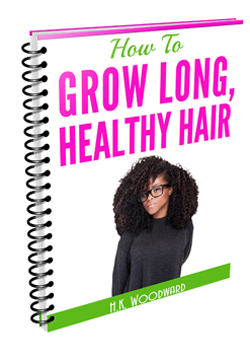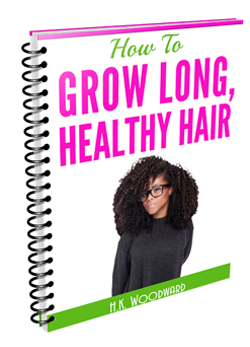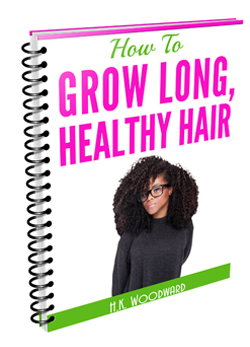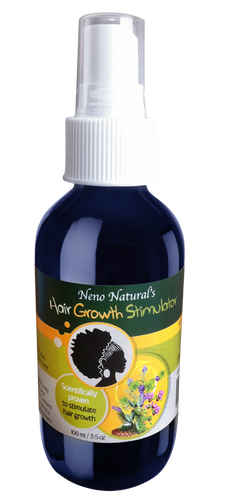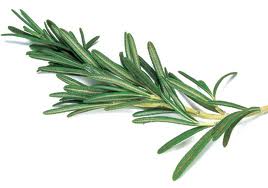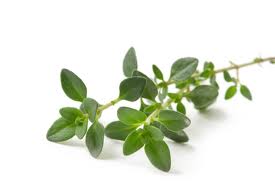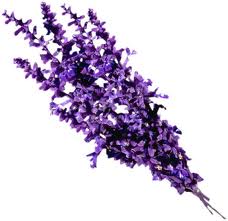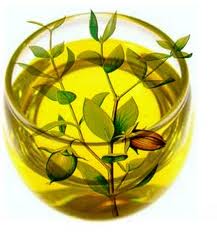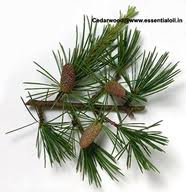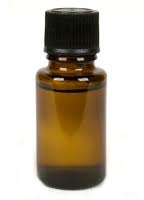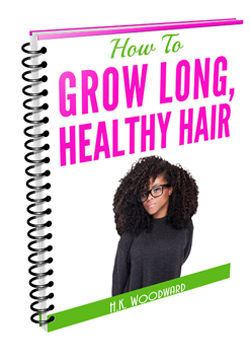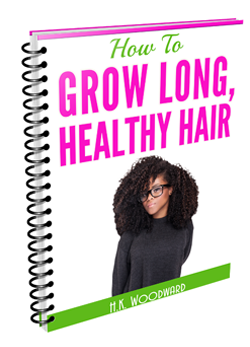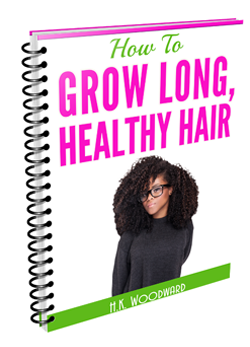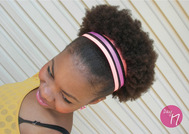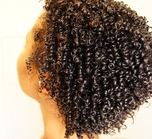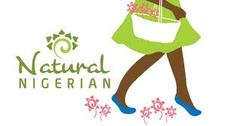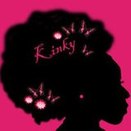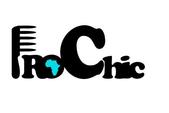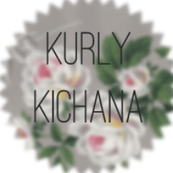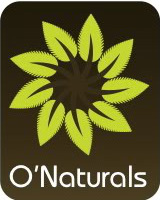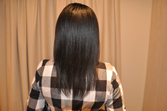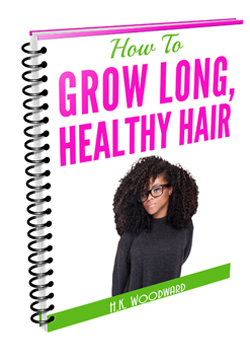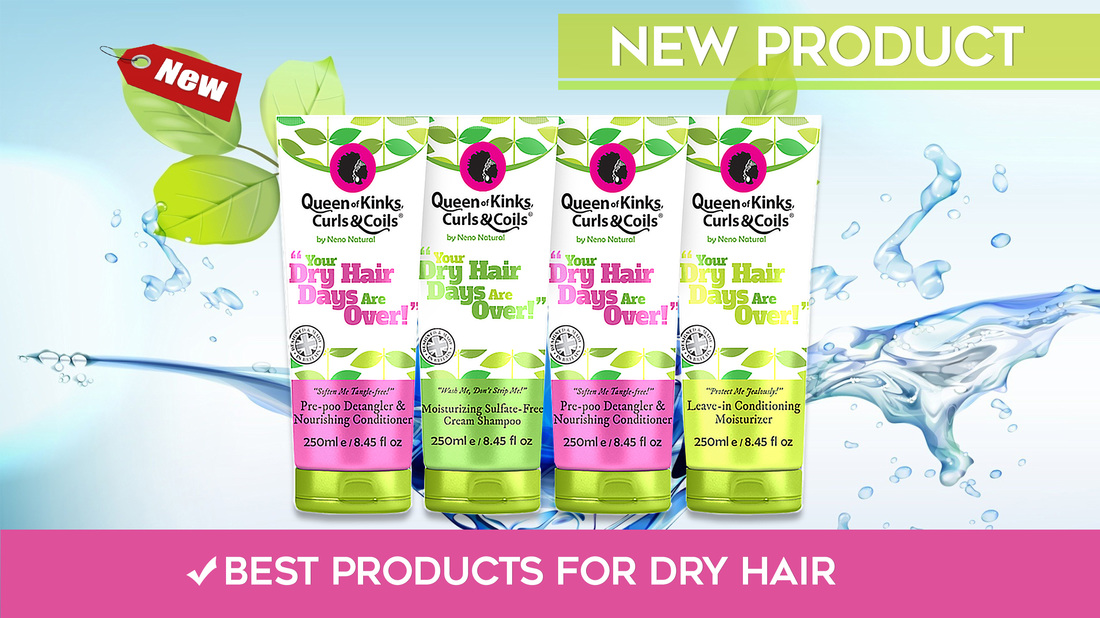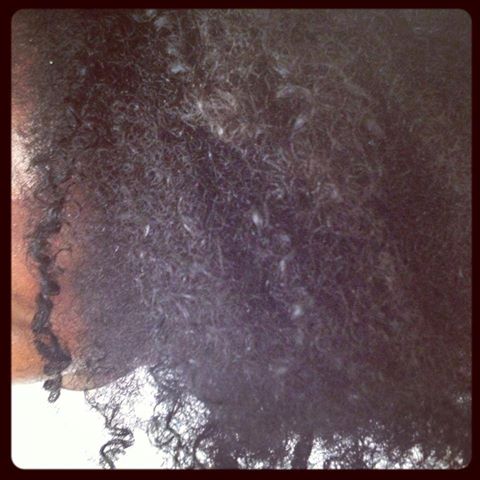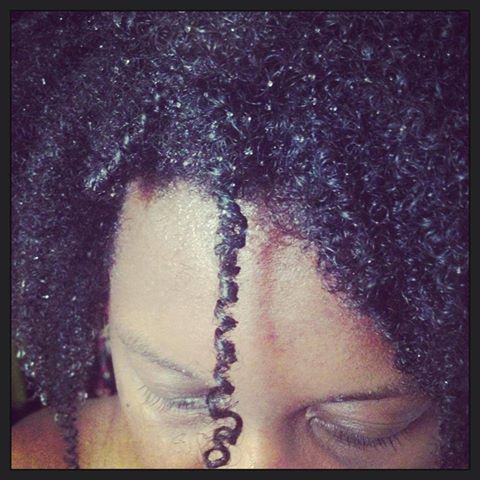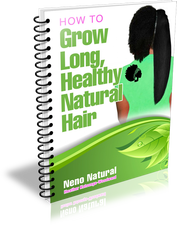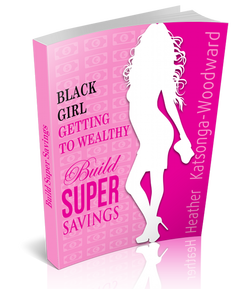|
Trying to decide on an oil? Which oil you go for should depend on what you want to use it for! For the scalp, e.g. if your scalp is dry You need something that is light, so it doesn't clog up the pores and very rich in Vitamin E to nourish the scalp :
Pre-shampoo treatment You need an oil whose fatty acids can penetrate the hair fibre. Why? According to the Science of Black Hair, hair swells when it is wet and shrinks when it is dry. This constant swelling and shrinking is called hygral fatigue; overtime it weakens the hair fibre thereby making it more vulnerable to breakage. You can avoid hygral fatigue by applying an oil that is high in saturated fatty acids and/or monounsaturated fatty acids before the shampoo. These types of fatty acids can penetrate the hair shaft so that when you wash the hair, the hair fibre doesn't swell as much and is therefore less prone to weakening from hygral fatigue. The best oils (from the one with the highest content of saturated fats and/or monounsaturates):
Sealing in moisture 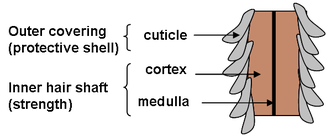 A hair fibre sliced long-ways. A hair fibre sliced long-ways.
Polyunsaturated fatty acids are too large to penetrate hair's cuticle layer. Most of them bind to the outside of hair and stop moisture from escaping. Whilst the "pre-shampoo oils" mostly work by strengthening hair from the inside, oils high in polyunsaturated fatty acids operate from outside the cuticle layer of hair.
The best oils (from the one with the highest content of polyunsaturated fatty acids are): Castor oil (89%) Flaxseed oil (73%) Grapeseed oil (70%) Shelf-life Note that most oils should keep well for a year plus except flaxseed oil whose shelf life is only 6 months! You can prolong the life of flaxseed oil by keeping it in the fridge. Some oils have an almost indefinite shelf life, e.g. castor oil and jojoba. How about this whole acid/alkaline thing? For the most part, oils are weakly acidic. However, even if the oil is weakly alkaline it doesn't mean it will cause you any harm. Try it and decide whether or not your hair agrees with it. But ... oils make my hair dry! If you think an oil is drying your hair out it could mean you're using it wrongly. Remember oils are NOT moisturisers. Oil and water repel each other so to get the benefit of an oil use a proper moisturiser first, e.g. leave-in conditioner and oil should follow after that. You might also like: The supersonic benefits of argan oil on natural black hair 6 fabulous benefits of avocado oil on natural hair 8 Benefits of Castor oil for natural hair & a warning! 6 top benefits of coconut oil - a MUST for every natural hair regimen! 8 great benefits of jojoba oil on natural hair 5 benefits of sweet almond oil on natural hair 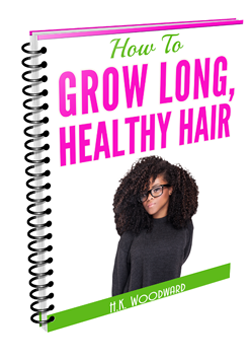
Get your FREE ebook on How To Grow Long, Healthy Natural Kinky or Curly Hair. References: Investigation of Penetration Abilities of Various Oils; Acid/alkaline chart (Natural Health Center), LookChem; NaturallyThinking; Balance pH diet; GardenOfWisdom; 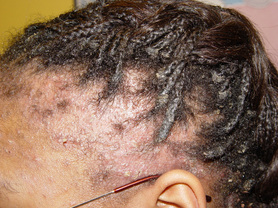
Please note that I am not a doctor (my husband is) but all the below information is from credible sources (listed at the end of this blog).
What is seborrhoeic dermatitis? A rash or inflammation of skin that usually comes up in areas rich in sebaceous glands e.g. the face, scalp and centre of the chest. How common is it? Pretty common: 3-5% of people globally are affected by it. Is it more prone in certain age groups? Yes: young adults, the elderly and infants What causes it? This isn't fully understood. What is know is that a yeast called Malassezia (present in skin) plays a part in its development. Other possible causes include:
What does NOT cause it?
What are the symptoms of scalp seborrhoeic dermatitis?
What does seborrhoeic dermatitis look like on the scalp? Bumpy, red (if you're light skinned) with greasy-looking white or yellowish scales. The rash may weep. How is it diagnosed? Your doctor should be able to tell, however, it can be difficult for doctors to distinguish seborrhoeic dermatitis from psoriasis. Can it be cured? No, it can only be managed. This means you might have to take a treatment continuously or on and off for many months or years. How is scalp seborrhoeic dermatitis treated? Your doctor might prescribe:
To avoid repetition, please read the second half of the blog on psoriasis for a few more dos and donts unique to those with natural hair. You might also like: Managing scalp psoriasis and your natural black hair 13 Top Tips for Keeping Natural Black Hair Moisturised - No More Dry Hair! Solutions for a burnt scalp e.g. due to hot water or direct application of essential oils
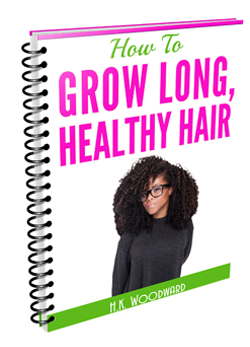
Get your FREE ebook on How To Grow Long, Healthy Natural Kinky or Curly Hair.
References: The British Association of Dermatologists NHS Clinical Knowledge Summary I have a mild preference for British over US medical sources because the UK system is not-for-profit so the sources won't have a money-making motive in them. 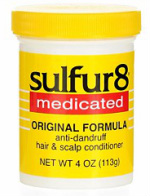 Personally, I wouldn't use this. Personally, I wouldn't use this.
Petroleum aka petrolatum is actually a highly effective sealant. If your hair is properly moisturised using a petrolatum-based product on top will compeletly stop any moisture coming in or going out.
But that's where the benefit stops, the same benefit is also a disadvantage because petrolatums and mineral oils leave a heavy film over hair making any following moisturising efforts hard or even completely pointless. Petrolatums and mineral oils have no moisturising ability at all! If your hair is looking sleek and shiny after you use them, it's nothing to do with moisture, these chemicals just happen to be greasy-textured so that glow is purely cosmetic. If you have ever relaxed your hair you will remember vaseline being put round the edges of your hair and on your ears to prevent burns. That is how strong a barrier petrolatum is. Vaseline is pure petrolatum. 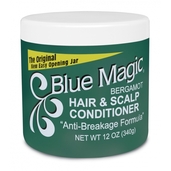 Personally, I wouldn't use this. Personally, I wouldn't use this.
If petrolatum isn't so good for hair why's it so pervasive in black hair products
Because it is cheap! Should I immediately stop buying anything with petrolatum? Not entirely. I recently learnt from the Science of Black Hair that the higher an ingredient is listed on packaging, the more of it there is inside the product. So if mineral oil and petrolatum are listed quite low down, there isn't much. 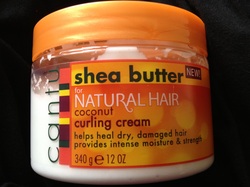
One product that my hair loves but that has petrolatum is my Cantu Shea butter! Petrolatum is about 6th or 7th on the list. The only problem is that even from that you can't tell what percentage of the product is petrolatum.
Personally, I don't think petrolatums and mineral oils are entirely bad. Nothing keeps my lips crack-free like vaseline and when I was a kid good old cheap vaseline kept my skin looking shiny. BUT there is one difference between skin and hair: skin is constantly being rubbed by clothes, people etc so the petrolatum rubs off. Your hair is not being constantly rubbed, if it was you would probably have mega-high breakage rates!
Solutions for a burnt scalp e.g. due to hot water or direct application of essential oils28/11/2012
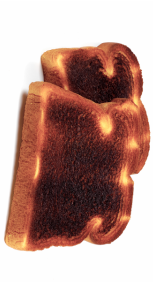
I've had a couple of people contact me after burning their scalp because their water was too hot or because their skin made contact with undiluted essential oils e.g. peppermint oil.
Types of burn:
If you have first degree burns, these are some quick solutions:
If you have second degree burn or worse, see a doctor. If your scalp is still sore after 3 or 4 days also see a doctor. Normally, after the initial shock your scalp should cool down and start healing quite rapidly after about 24-48 hours. What not to do!
If your hair has been yanked out due to burns, don't freak out, in many cases it will grow back. References: How can I treat minor burns? (wiseGEEK) How do I deal with minor burns? (NHS) 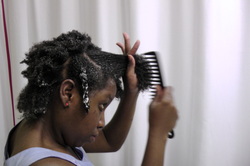
Shampoos are generally formulated as mildly acidic with a pH ranging from 4 to 6.
The corresponding conditioner is then formulated to be more acidic with a pH ranging from 3.5 to 5.0. Why does this matter for your hair? As pH falls hair constricts and becomes less porous, i.e. your hair retains moisture much better and is shinier. This means that as you clean your hair, the lower the pH of the final product used in the process, the better your hair cuticle is sealed off. What if you don't want to use a shampoo and conditioner in the same line? There are a couple of simple solutions:
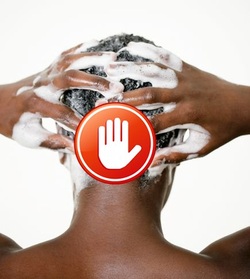
For the most part, the shampoos you find in your local store are too harsh for natural hair. They will more than likely dry your hair out too much - due to strong detergents called sulphates/sulfates. This has led some to follow "no poo" hair regimens.
How to clean your hair without shampoo: 1. The water-only method You wash your hair with warm water only. Warm water helps to dislodge oils and and dirt. As you wash your hair, you massage the scalp and squeeze the hair gently to rinse out the dirt. Who might the water only method suit?
Is water-only a good idea? I don't know, I have never tried it but here is one lady that had a negative experience with the water-only method. 2. The baking soda (or sodium bicarbonate) method Under this method, a couple of tablespoons of baking soda are mixed with two or three litres of water and used to wash the hair. The result/benefit of washing with baking soda:
The disadvantage of washing with baking soda:
3. An apple cider vinegar (ACV) wash I probably wouldn't use this weekly but if you wash your hair with water only you can use apple cider vinegar for a stronger wash when you have build up from hair products. Mix half a cup of ACV with 3 or so litres of water then wash your hair with it. I usually use an old milk bottle for ease of pouring it onto my head. Advantage of use ACV
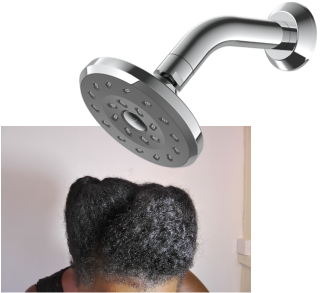 To Wash or not to wash? That is the question! To Wash or not to wash? That is the question!
There is no golden rule but I'd say at least once a week. Less than this is probably too infrequent.
Washing your hair is important because:
If wet hair is so great why NOT wash or co-wash daily?
That said, two or three times is plenty even if you go to the gym daily. Some people co-wash daily, however, on my 4B/4C hair which takes me about 2.5 hours to detangle, condition and moisturise, daily simply wouldn't work. You are the master of your hair so start of with a weekly wash and adjust that if you think it's not enough. Reference: The Science of Black Hair, pages 26, 43-4, 99 How often do you really need to shampoo? (webmd) These two are relaxed hair bloggers but I like them!
My mum started relaxing my hair when I was c.4. I am anti relaxer because I believe over a 23 year period it reduced the health and thickness of my hair. Perhaps I just used it incorrectly, that said...this blog is focused on managing natural hair only. I don't try to sway people either way.
Going natural made me start enjoying my hair in a way I never had before. I personally find the natural kinks and curls much sexier and more authentic. That's just me though; everyone is entitled to their own opinion. You might also like: Most Popular Natural Hair Bloggers in the USA UK Natural Hair Blogs - A Comprehensive List
Keeping black hair moisturised is our biggest challenge. If you follow most of the below tips you will help to keep your hair soft and hydrated. Hydrated hair breaks less.
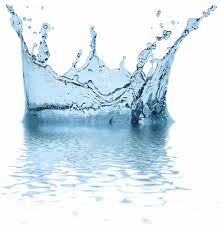
1. Wash your hair at least weekly.
Water is the supreme moisturiser. When you wet your hair the water molecules actually penetrate the hair shaft and make the hair softer and more elastic. Moisture = hydration, hydration = water, hydrated hair = less breakage. 2. Use a shampoo and conditioner within the same product line or test the pH of your chosen shampoo and conditioner to ensure they complement each other. Conditioner is meant to be more acidic than shampoo. The lower pH of the final product used in the cleaning process (typically the conditioner) helps to seal off the hair; sealing the hair means hair cuticles are smoothed down and moisture is held in better. A shampoo and conditioner within the same product line will be developed with this requirement in mind. For example, the shampoo of one brand may have a pH of 4.5 and the conditioner 3.5 meaning that your hair is properly sealed off. But if you then go and use a conditioner of another brand whose pH is 5.0, this sealing off process won't happen properly. 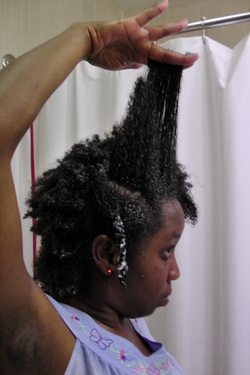
3. Deep condition every week.
Deep conditioners contain moisture-boosting elements and proteins that a) strengthen the hair cuticle and b) enhance the hair strand's moisture. I didn't know this until recently but not all conditioners are made equal. There are five main types:
The weaker types (e.g. instant conditioners) are designed for daily use, some are designed for weekly use, e.g. deep conditioners and some shouldn't be used more than once a month (e.g. those very high in protein). 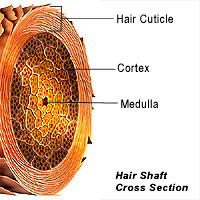
4. Finish every wash off with a cold rinse
Washing your hair with warm water helps to dislodge dirt and oil. It also increases the hair's porosity i.e. the cuticles open up so that all the good stuff from your shampoo and conditioner is easily absorbed. Rinsing your hair in cold water at the end of the washing process will help to flatten the cuticle and lock in moisture. I also do this when I wash my face. It helped to clear up my acne. 5. Apply a moisturiser to your hair before you apply any oil. Oil is not a moisturiser. Oil and water do not mix hence oil, if at all used, needs to be applied last so that it stops moisture from escaping. Oil is fantastic at locking in moisture. In terms of applying hair products (leave-in moisturisers, creams, oils), you need to figure our which order keeps your hair most moisturised: LOC Method or LCO Method. 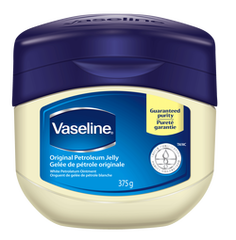 Petroleum jelly is not ideal for hair Petroleum jelly is not ideal for hair
6. Buy a good moisturiser.
Moisturisers can be water-based or oil-based. In oil-based moisturisers water and oil are blended using "emuslifiers"; emulsifiers stop the water and oil from separating. A shea butter based moisturiser is the best option in my opinion. A buttery one works best on wet hair and a creamy one is fantastic for dry hair. 7. Avoid petrolatum, petroleum and mineral oils. Although they are great for sealing in moisture, they provide no additional benefit. That said, if you have a moisturiser where one of these appears low down the list of ingredients, it means they don't form a major part of the moisturiser. According to The Science of Black Hair, "as a rule of thumb, these sealants should never be listed in the top five ingredients of any moisturiser you use". 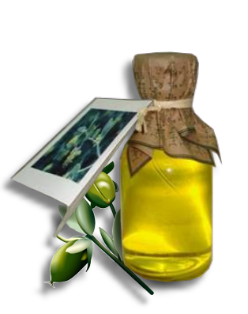
8. Seal-in the moisture with a good oil.
Great oils for sealing moisture within the hair cuticle (most to least preferred):
9. Drink lots of water. A lot of hydration operates from the inside out. 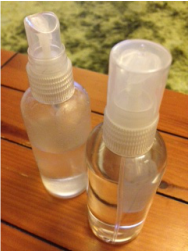
10. If you have a dry scalp massage a small amount of oil onto it regularly.
Keeping a dry scalp moisturised will ensure that the scalp's environment is conducive for hair growth and is efficiently supplying hair with oil (sebum) to help in the hydration of hair. The best oil you can apply to your scalp? Jojoba. Jojoba is very similar in structure to sebum (the oil produced by the scalp) and as such is my oil of choice. 11. Spritz your hair with water twice a day. This will help to keep it hydrated. Note that if your hair is damaged or if you have a build up of minerals on your hair (e.g. from hard water) or if you're using a product high in petrolatum/petroleum/mineral oil, water will find it hard to penetrate to the cuticle. 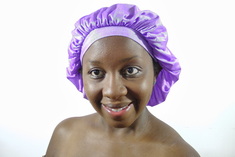
12. Sleep with a satin bonnet at night and/or use a satin pillow case
Cotton absorbs the moisture from your hair a lot more than satin does. In addition, satin fibres are smoother than cotton ones so you're less vulnerable to breakage with satin. 13. Wear protective hairstyles when the weather is harsh. If it's very hot or windy your hair will dry out VERY quickly. 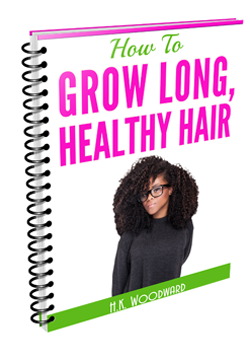
Reference: The Science of Black Hair by Audrey Davis-Sivasothy
You might also like:
Get your FREE ebook on How To Grow Long, Healthy Natural Kinky or Curly Hair. |
I now blog about wealth creation - so if you have any money questions meet me there, you can do all sorts of cool things like leave me a voicemail.
By Heather Katsonga-Woodward
I was a natural hair blogger and mixtress living between London & Chicago from 2012 to 2017. I always thought I was 4C but some say 4B; images below - you decide! Heather xx Categories
All
Archives
November 2016
|
||||||||||||||||||||||||||


